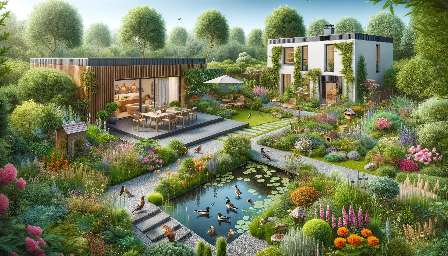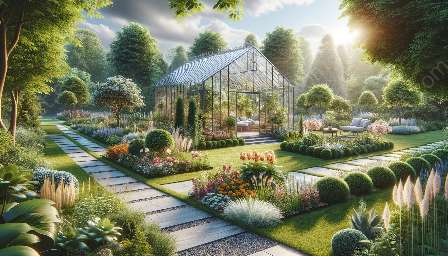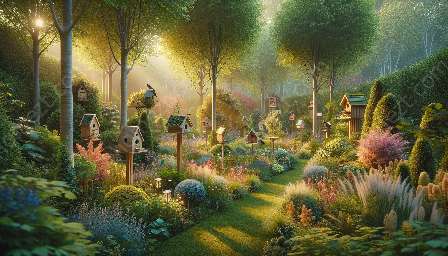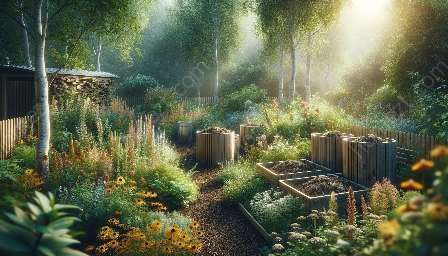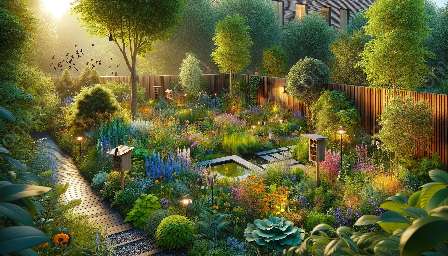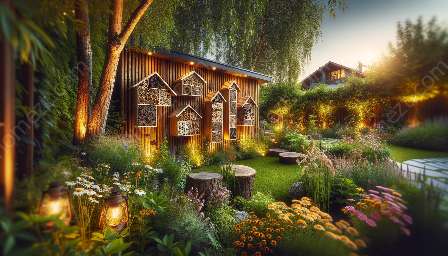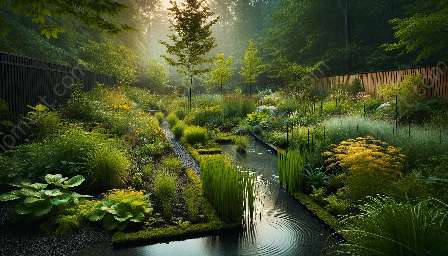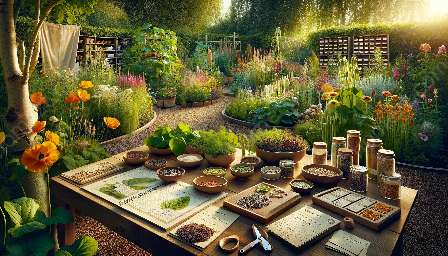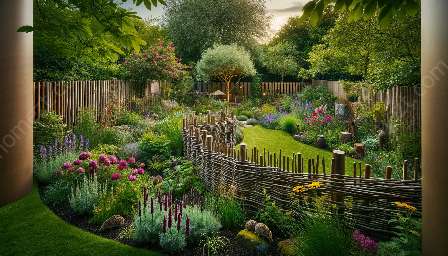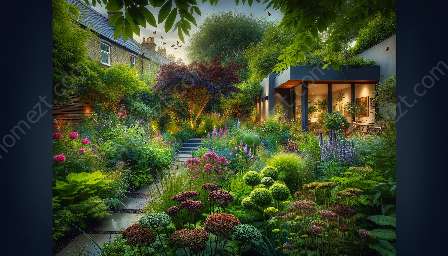Wildlife gardening is a sustainable and eco-friendly approach that aims to create a habitat for various forms of wildlife within the garden. By integrating elements of natural ecosystems, a wildlife garden can promote biodiversity, attract beneficial insects, and support the overall health of the environment.
Promoting Biodiversity
One of the primary objectives of wildlife gardening is to promote biodiversity within the garden space. This involves creating a diverse and balanced ecosystem that can support a wide array of plants, animals, and microorganisms. By incorporating native plant species, providing water sources, and creating suitable habitats, wildlife gardens can attract and sustain a rich variety of wildlife.
Attracting Beneficial Insects
Wildlife gardening plays a crucial role in attracting beneficial insects such as pollinators and natural pest controllers. By cultivating a garden that provides shelter, food, and breeding sites for these insects, gardeners can enhance natural pest control, improve plant pollination, and maintain a healthy ecological balance without the need for chemical pesticides.
Creating a Wildlife-Friendly Garden
When designing a wildlife-friendly garden, there are several key elements to consider:
- Native Plants: Integrate native plant species that provide food and shelter for local wildlife.
- Habitat Diversity: Incorporate a variety of habitats such as meadows, ponds, and hedgerows to support different species.
- Water Sources: Include features like birdbaths, ponds, or shallow dishes to provide drinking water and bathing areas for wildlife.
- Shelter: Incorporate natural features like log piles, rockeries, and dense vegetation to create safe habitats for wildlife.
- Avoid Chemicals: Minimize or eliminate the use of chemical pesticides and herbicides to protect the health of wildlife.
- Wildlife-Friendly Design: Choose a mix of plants that flower at different times to provide year-round food sources for wildlife.
- Observation Areas: Create spaces within the garden where you can observe and appreciate the wildlife that visits your garden.
Benefits of Wildlife Gardening
Wildlife gardening offers a range of benefits, both for the environment and for the garden itself:
- Supports Biodiversity: By creating wildlife habitats, gardeners can contribute to the conservation of local flora and fauna.
- Natural Pest Control: Attracting beneficial insects can help control garden pests without the need for harmful chemicals.
- Promotes Pollination: By attracting pollinators like bees and butterflies, wildlife gardens can improve the pollination of plants, leading to better crop yields and healthier ecosystems.
- Enhances Garden Aesthetics: Wildlife-friendly gardens can be as beautiful and diverse as traditional gardens, offering visual interest and attracting wildlife for long-term enjoyment.
- Environmental Education: Wildlife gardens provide an opportunity for both children and adults to learn about ecosystems, natural processes, and the importance of conservation.
Conclusion
Wildlife gardening is an inspiring and rewarding approach to gardening and landscaping, offering an opportunity to engage with nature, support biodiversity, and create a sustainable and vibrant garden space. By implementing wildlife-friendly practices, gardeners can contribute to environmental conservation and enjoy the beauty of a thriving ecosystem right in their own backyard.






















